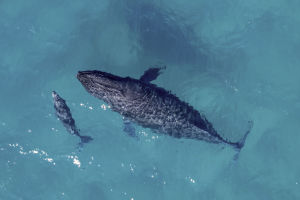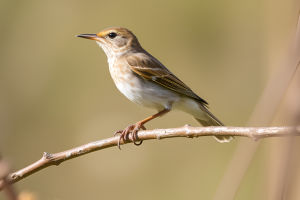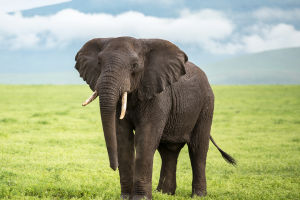In the natural world, there is an insect admired for its graceful flight and exquisite appearance—this is the damselfly.
Belonging to the order Odonata, damselflies are close relatives of dragonflies but differ significantly in their physical traits and living habits.
1. Elegance in Fragility
Damselflies have long, slender bodies, typically measuring 3 to 5 centimeters in length. Their colors range from metallic blue to vibrant green, and sometimes striking shades of red or yellow.
Their transparent wings are narrow and elongated, folding neatly along their backs when at rest—unlike the dragonfly’s outspread wings. Damselflies also have widely spaced eyes, in contrast to the almost-touching eyes of dragonflies. These unique features give them an air of elegance, like miniature aerial dancers.
2. Water as Home
Damselflies primarily inhabit areas near water sources, such as lakes, ponds, wetlands, and slow-moving streams.
They are highly sensitive to water quality and are usually found only near clean water bodies. Their presence is often considered an indicator of healthy aquatic ecosystems. Water plays a vital role throughout their life cycle, making it indispensable for their survival.
3. Predation and Reproduction
Damselflies are carnivorous insects that feed on mosquitoes, small flies, aphids, and other tiny insects. With exceptional flying skills, they can hover, fly backward, and make sharp turns, effortlessly capturing their prey. Their specialized lower jaws enable them to grab and devour their catch swiftly.
During the breeding season, male damselflies form a unique heart-shaped flight posture with females during mating. After mating, females lay their eggs on aquatic plants or other moist surfaces. The larvae, known as nymphs, grow in the water, molting multiple times over months or even years before emerging as adults.
4. Damselflies in the Ecosystem
Damselflies play an essential role in maintaining ecological balance. As adept mosquito hunters, they help control pest populations, indirectly supporting ecosystem health. Additionally, their aquatic nymphs serve as a critical food source for various water-dwelling organisms, contributing to the stability of aquatic food chains.
5. A Diversity of Species
There are over 5,000 known species of damselflies worldwide, found on every continent except Antarctica. Some of the most common species include the blue broad-winged damselfly, the red damselfly, and the green-tailed damselfly. These species differ in wing patterns, body colors, and sizes, yet all share the same captivating elegance.
6. Beauty and Inspiration
Damselflies not only bring vibrancy to nature but also inspire human creativity with their delicate flight. In many cultures, they symbolize spirituality, lightness, and transformation. Recently, with growing awareness of environmental conservation, the protection of damselfly habitats has gained more attention.
Damselflies, with their unique appearance and ecological significance, remind us of the value of every living creature on Earth. Their fragile forms embody the delicate balance of nature while showcasing life’s resilience and grace. Next time you spot a damselfly resting quietly or dancing near the water’s edge, take a moment to appreciate the beauty and wonder!


